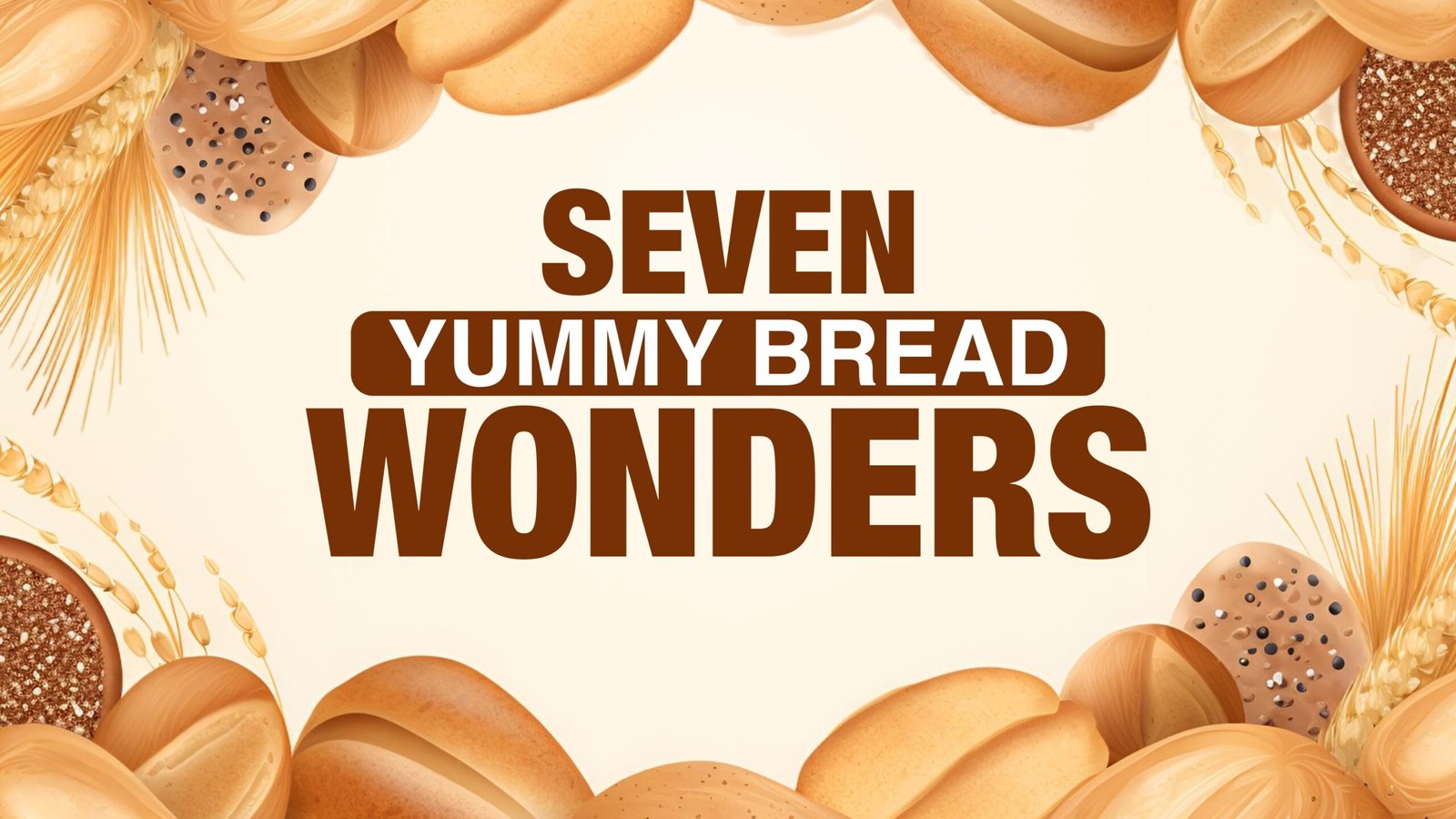
7 Most Popular Types of Bread: A Staple Food for All
A humble yet universally loved staple for everyone that graces our morning tables. It is essential for sandwiches, and breakfast spreads.
Whether you’re a crust connoisseur or a soft-bread enthusiast, there’s something special for everyone. From sweet to savoury breads, it is made from refined grains and typically contain added vitamins and minerals.
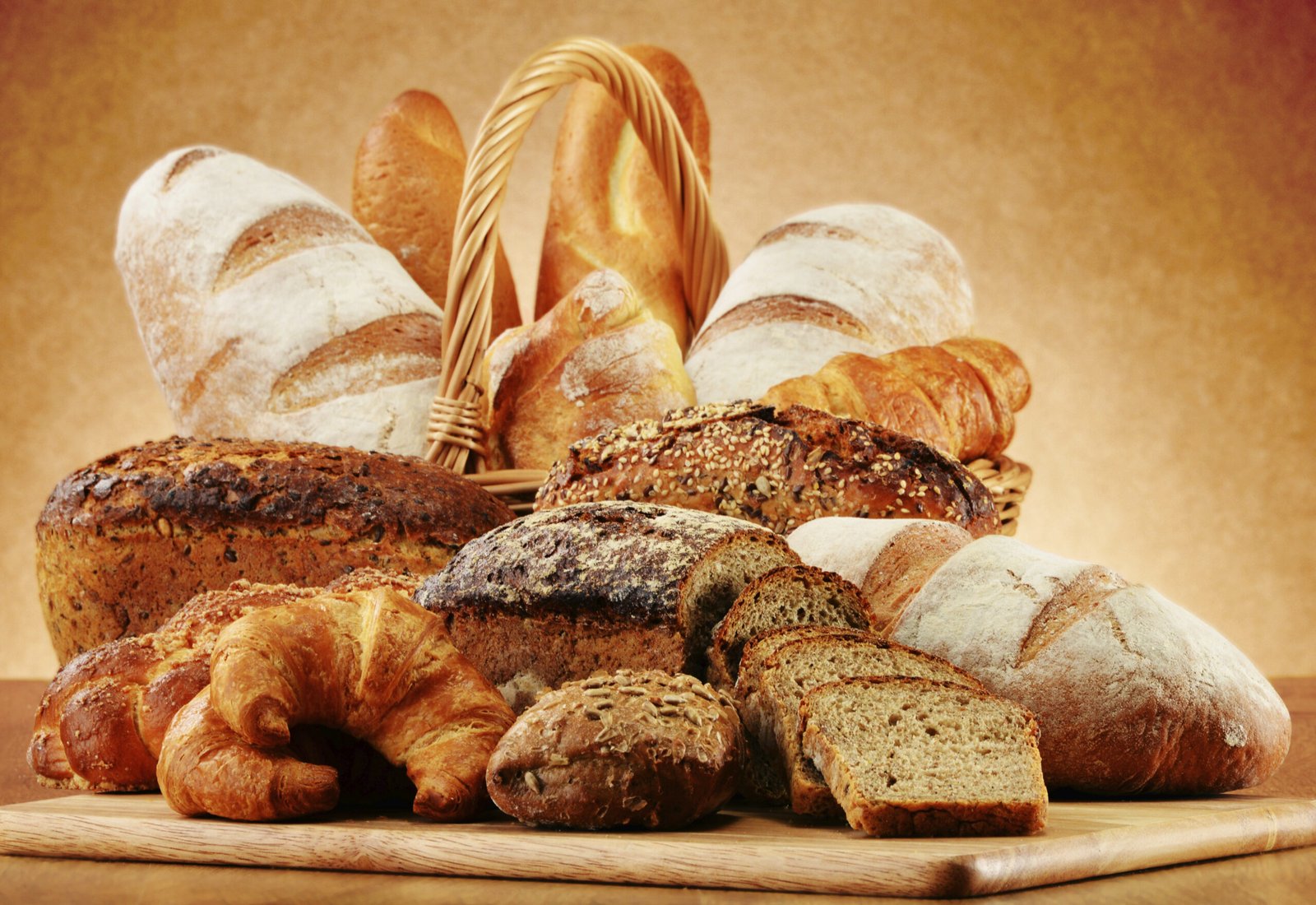
Let’s delve into a delightful morning journey through the 7 most popular types of bread that have captured hearts and taste buds worldwide.
Join NFCI Baking Courses: Best Culinary Institute in India
-
Whole Wheat Bread
With its rustic brown hue, is a wholesome choice. It’s made from flour milled from whole or near-whole wheat grains, retaining all the fibre, vitamins, and minerals.
The soft and fluffy baked bread boasts a nutty flavour, fulfilling nutrient needs and satisfying everyone. Some variations keep the germ, bran, and endosperm intact, while others may remove one or two of these components.
This is the best for sandwiches – especially when paired with fresh veggies and flavourful spreads.
-
Multigrain Bread
Imagine a medley of grains dancing together in harmony. That’s multigrain! Barley, millet, oats, flax, whole-wheat flour – they all join the party.
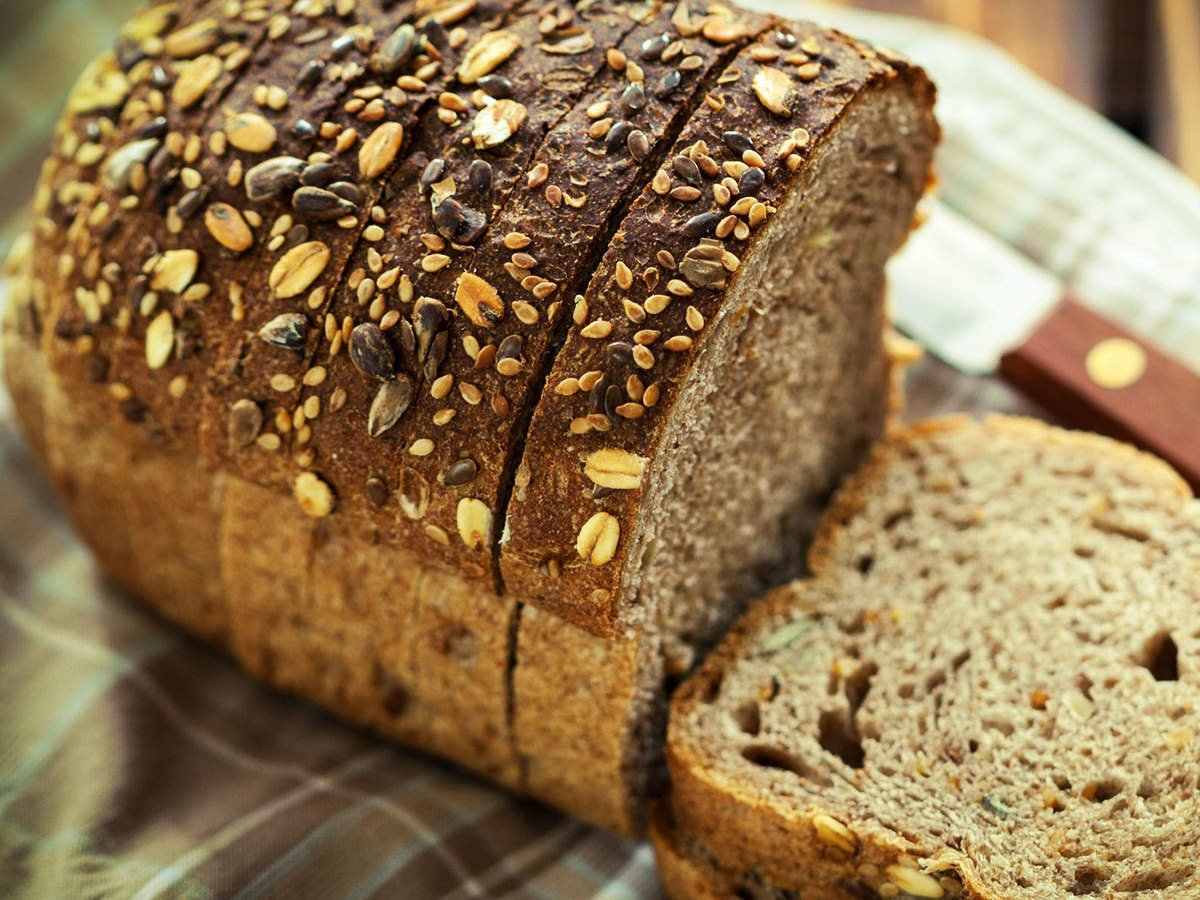
These sweet, soft loaves have been around since ancient Egyptian times, providing a nutritional boost with vitamins, protein, and dietary fibre.
Best for toasts, sandwiches, rolls, and even as breadcrumbs for your favorite recipes.
-
White Bread
Ah, the classic – soft, pillowy, and light in colour. It’s made from wheat flour with the germ and bran layers removed. It has light texture and mild taste.
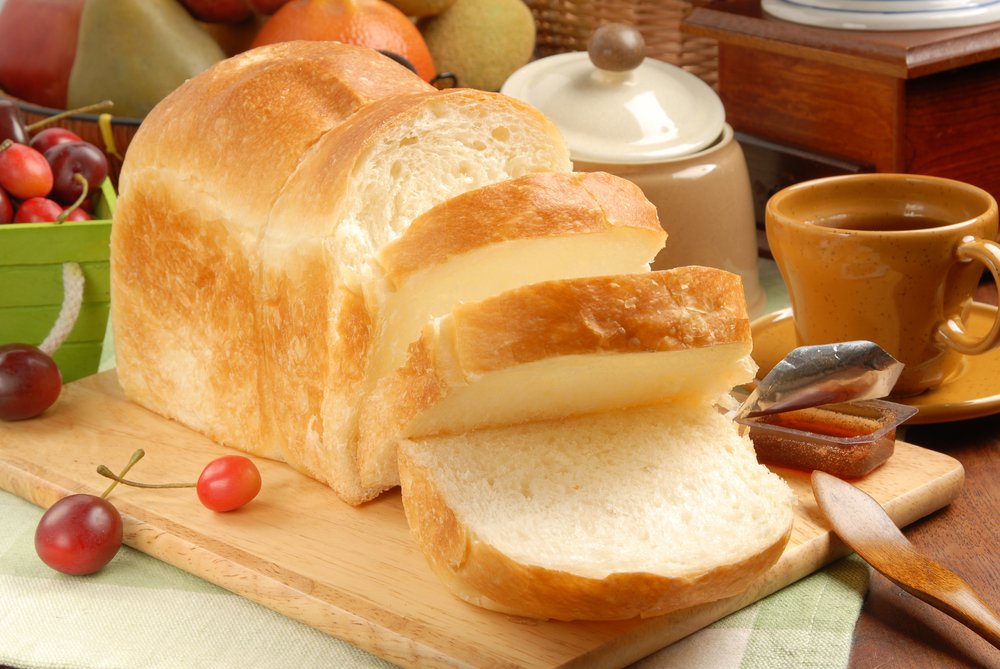
Fun fact: It has a history dating back over 12,000 years. It was once made using grass grains during the Natufian culture. It is best for classic sandwiches and comforting morning toasts.
-
Brown
Brown bread, often made from whole-grain flour (mostly wheat), wears its earthy hue with pride. Coffee, molasses, or caramel add depth to its flavour.
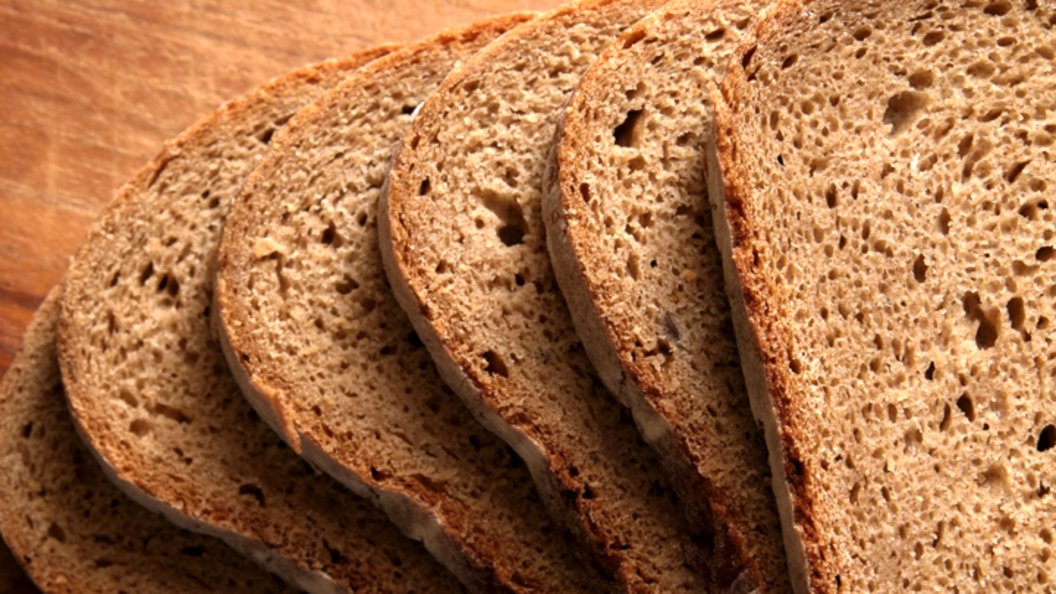
From humble meals during the Irish famine to gracing the tables of clergymen, it has a rich history. It is good for pairing with hearty soups or using as a base for your avocado toast creations or even as part of a crumb cake or pie.
Order your favorite bread at home: Just Blink It!
-
Baguette
The aroma of freshly baked baguettes filled in French Cafe air. These iconic loaves are long, crusty, and have a chewy interior. Baguettes are more than bread; they’re a symbol of French culture.
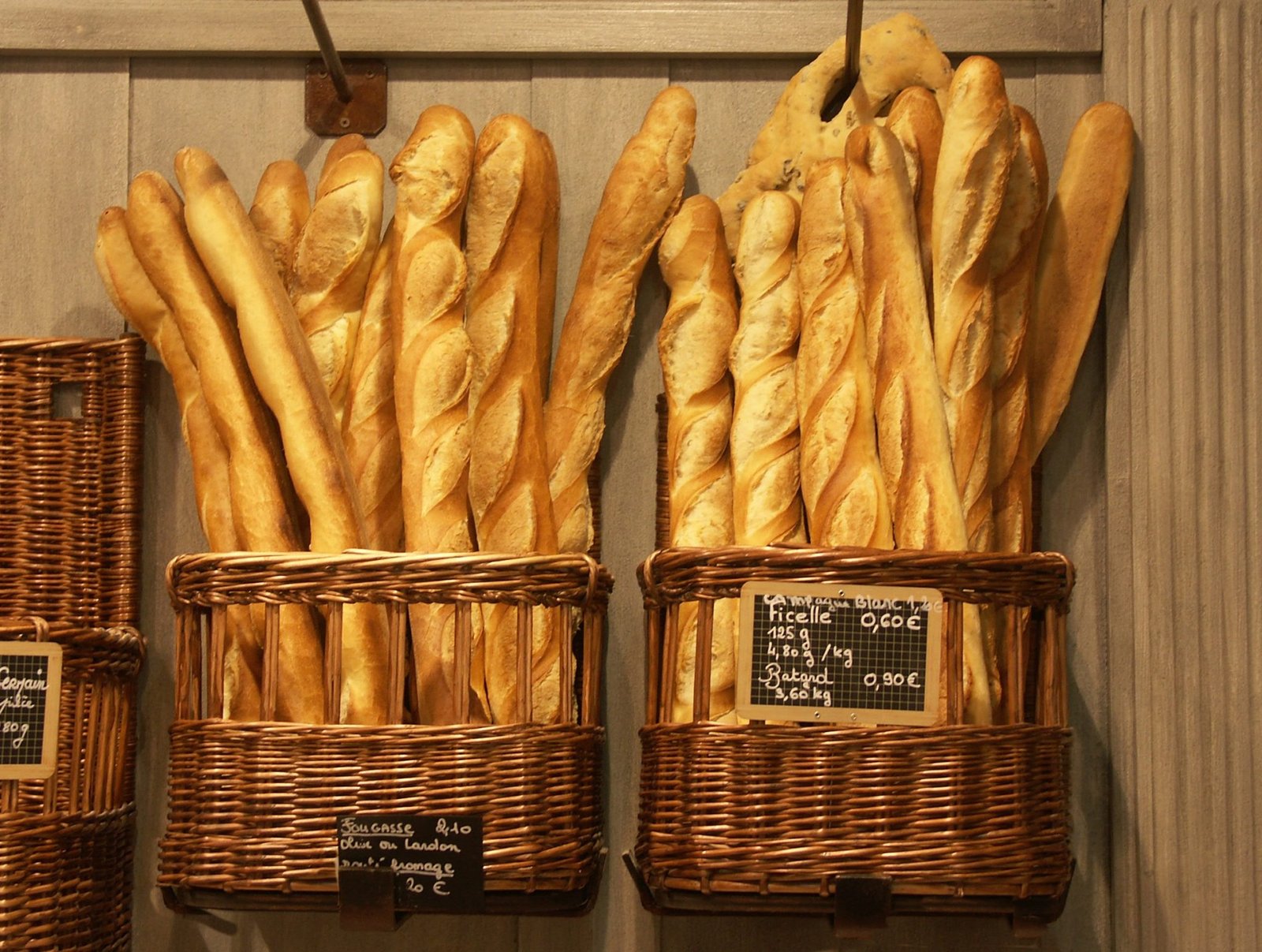
Locals carry them home from the boulangerie, still warm. Baguette pairs well with eggs, vegetables, fruits.
Baguette for tearing off a piece, dipping it in olive oil, or slathering it with butter. Pair it with cheese, charcuterie, or simply savour it on its own.
-
Naan
Let’s journey to India! Naan, a fluffy soft, leavened flatbread, graces tandoors and home kitchens alike. It’s perfect for scooping up curries and kebabs. Naan is a staple in India food routine.

The word ‘naan’ is believed to have originated from Indo-Persian Poet Amir Kushrau. He mentioned two types of naan eaten by Muslims: Naan-e- Tunuk and Naan-e- Tanuri.
Whether its garlic naan, butter naan, or stuffed naan – take your pick! Best for Indian feasts and cozy gatherings.
-
Rye Bread
Dark, hearty, and slightly tangy – that’s rye. It’s made from rye flour and often contains caraway seeds.
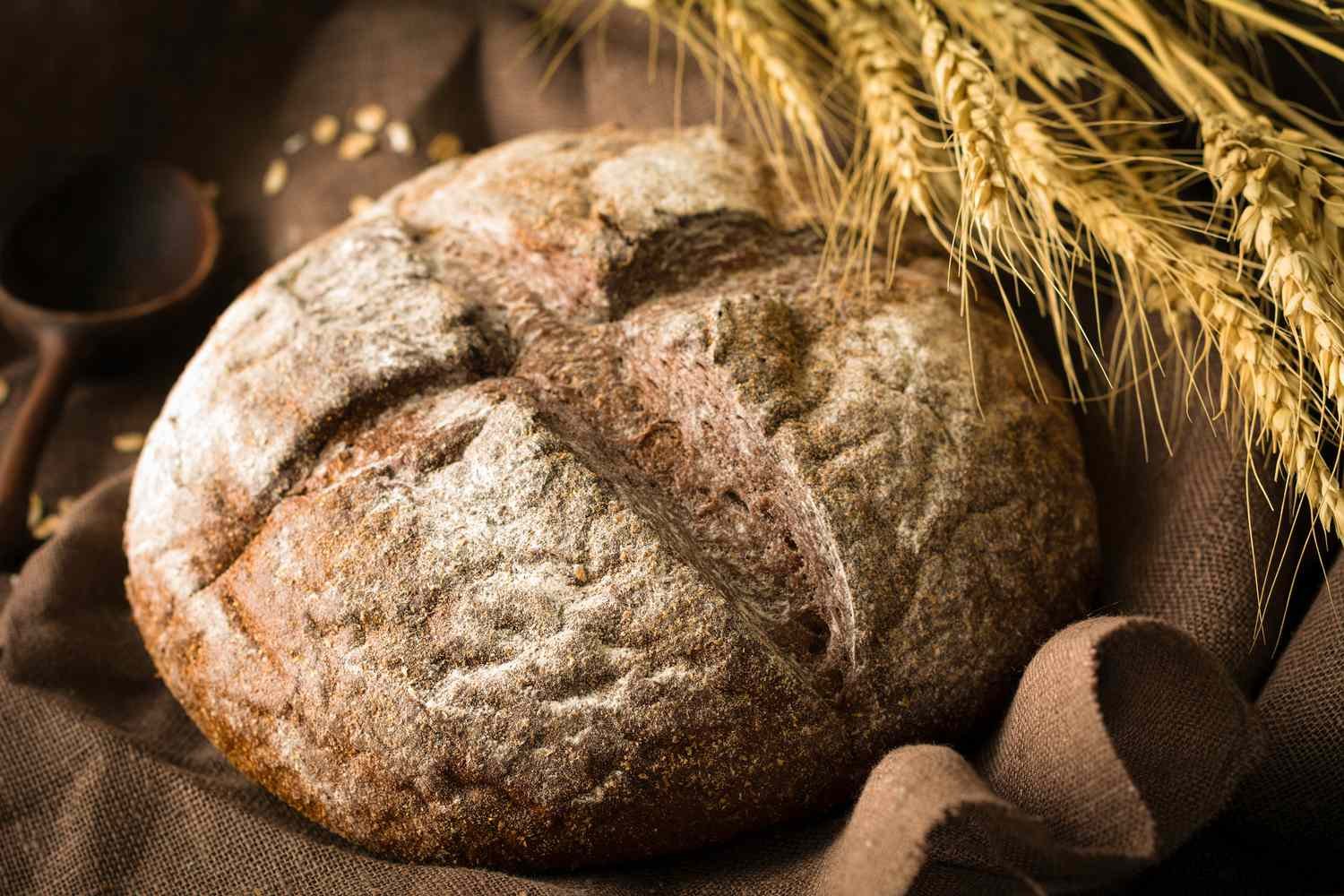
It is known as a German People Bread. It has deep roots in Northern and Eastern European cuisines.
Best for smørrebrød (open-faced sandwiches) in Denmark or a classic pastrami sandwich in New York.
So, next time you can enjoy it with breakfast or brunch, consider the rich traditional stories behind each slice. Whether you’re a traditionalist or an adventurous foodie, there’s a bread waiting to be toasted, topped, and savoured.
Dive into the wonderful world of bread, where every slice is like a delicious story waiting to be savored.
From the comforting goodness of whole wheat to the exotic charm of fluffy naan, each type adds its own special flavor to breakfasts and sandwiches.
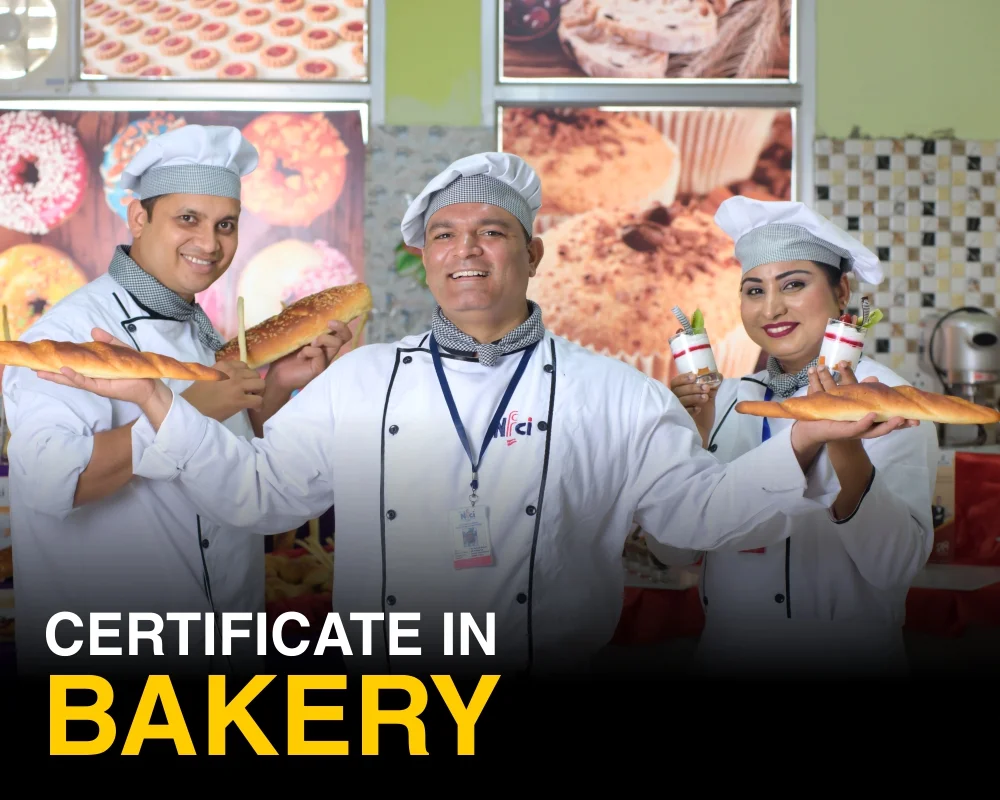
Join NFCI Baking Courses and experience the joy of making bread, where every bite feels like a warm hug, inviting you to enjoy its simple pleasures and rich traditions.
Our courses are very flexible and cost-effective, and you will get a chance to learn from over 34 experienced institute.





